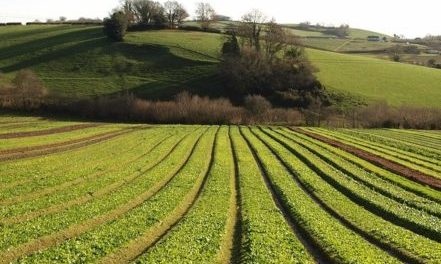
Carbon dioxide
Dr. Joseph Black (1728-99) discovered carbon dioxide (CO2) in 1754 whilst working on his thesis at the University of Glasgow. He is said to have been the first to use gravimetrics, or the weighing, of gases to ascertain changes. On heating magnesium carbonate, Black noticed that it produced what he called ‘fixed air’: an odourless, colourless gas denser than dry air and with different properties. In 1756 he found it in expelled breath and the general atmosphere, and saw that it combined with other chemicals to form compounds.
John Dalton (1766-1844) devised the first atomic theory and created useful symbols for chemical elements, including carbon and oxygen. He discovered that carbon dioxide is composed of two oxygen atoms and one carbon atom, hence CO2. He presented this in Manchester in 1803 but did not publish until 1805 and then 1808 in ‘A New System of Chemical Philosophy’.
Carbon dioxide is put to use in many industrial and commercial ways. For example, it is collected as a by-product of processes such as ammonia production for use in the food and drink industry. It is also released from magma and the burning and fermentation of organic matter. Essential for life, its level in the atmosphere is currently very low.
(Image from the carbon cycle, i.e. crops: Derek Harper at geograph.org.uk / CC BY-SA 2.0)
